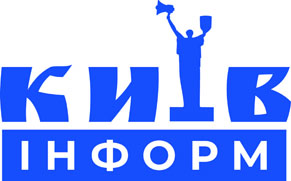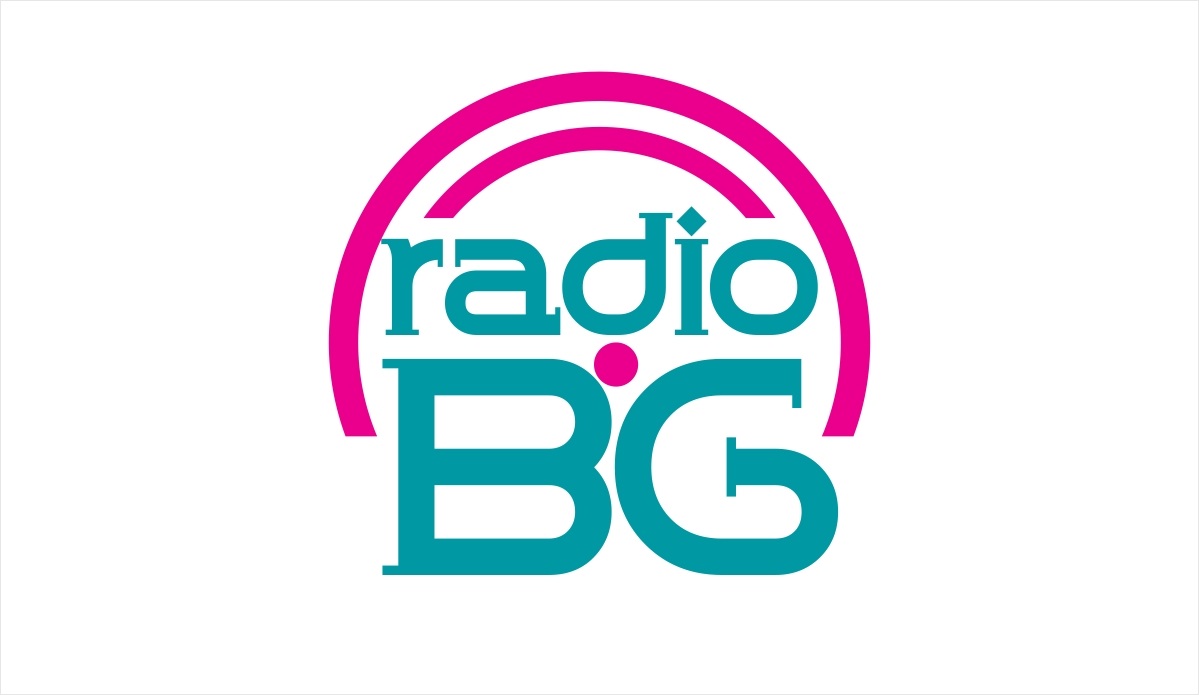
(opinion article)
When quarantine locked billions of people around the world at home, and work became remote, online conferences and calls came into our reality. How to organize communication so that it is comfortable and brings maximum effect, says Anna Chaplygina, a specialist in etiquette and modeling of behavior, professional director:
- Moderator
A typical audio chat problem is this: everyone starts talking at the same time, voices overlap each other, then everyone suddenly stops talking. Therefore, when there are three or more people in a conversation, you cannot do without a moderator. He disciplines the team and allows everyone to speak in turn. The moderator can ask questions or give the floor to the participants in turn.
- Audio or video?
The video format is more convenient for obvious reasons: 55% of the information is read non-verbally by the interlocutors. When there is only sound, you have to work hard to correctly understand the tonality and mood of the others. Good advice is to smile during a conversation, even if (especially if) the interlocutor does not see you: this way the intonation becomes friendlier, and the voice sounds nicer.
- Dress code
Often people ask themselves whether to comb their hair and dress in a special way for a conf call. Answer: you need to look almost the same as in an ordinary work environment. Do not try to hide behind glasses or insta filters — this will only distract the interlocutors. Filters, insta-masks are permissible only in personal communication. Strict dress code is needed for three categories of people: civil servants, financiers and lawyers — people whose task is not to surprise but to protect and inspire confidence.
- Picture in frame
In live communication, it works very well when a person looks in the eye. With online communication is the same story. Therefore, when talking, you need to look into the camera lens — then a person will have the feeling that they are looking into the eyes. When we listen to the interlocutor, we can lower our eyes — the interlocutor, who looks clearly into the camera, will not notice this anyway. As for the “back”, the more information and visual noise in the back, the more time you will have to spend to put this picture in order.
- Timing
Often a lot of time is wasted. It is better to adhere to a strict protocol: the moderator entered, said hello, briefly outlined the agenda. This is the main rule of online etiquette: express your thoughts clearly.
If the interlocutors are not familiar, the moderator introduces them to each other. This is especially important in audio calls to enable people to at least minimally identify each other by voice. The last rule: at the end of any call, the moderator (or a separately appointed person) will briefly describe the agreements reached and send them to all participants. This is necessary to avoid discrepancies when everyone heard only what he wanted. And another important rule: when an important call is expected, then all phones must be charged, batteries — not dead, Internet — paid.
How did you adapt to video chat? Do you use Zoom or Google Meet more often? Share your ideas…Many heads are better than one.


























































Залишити відповідь